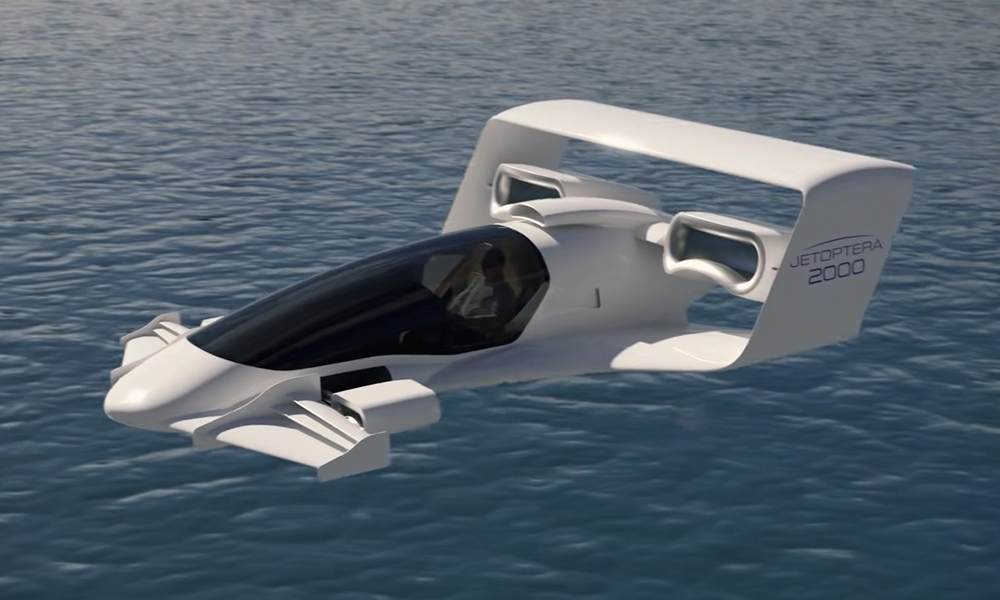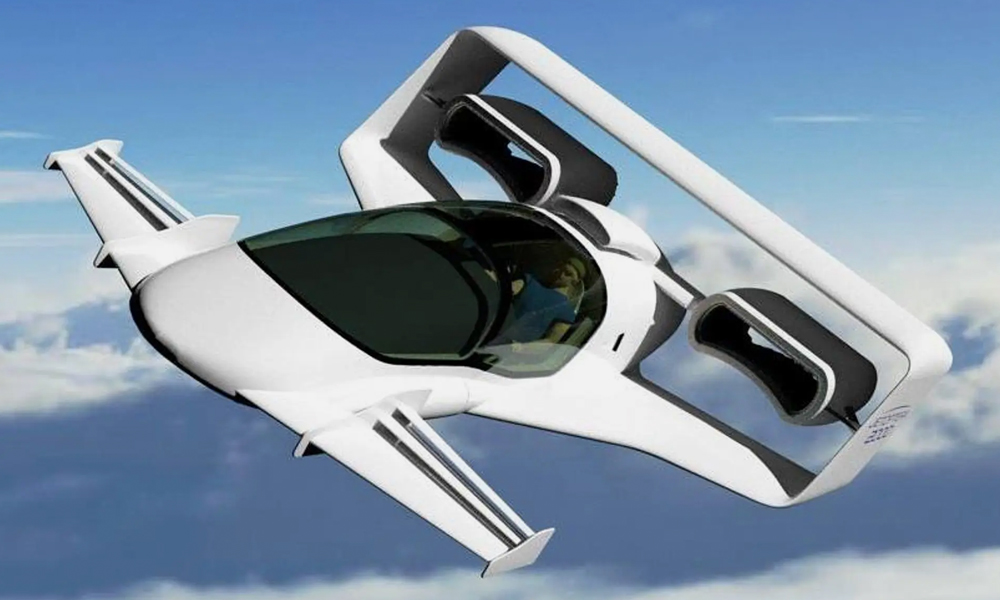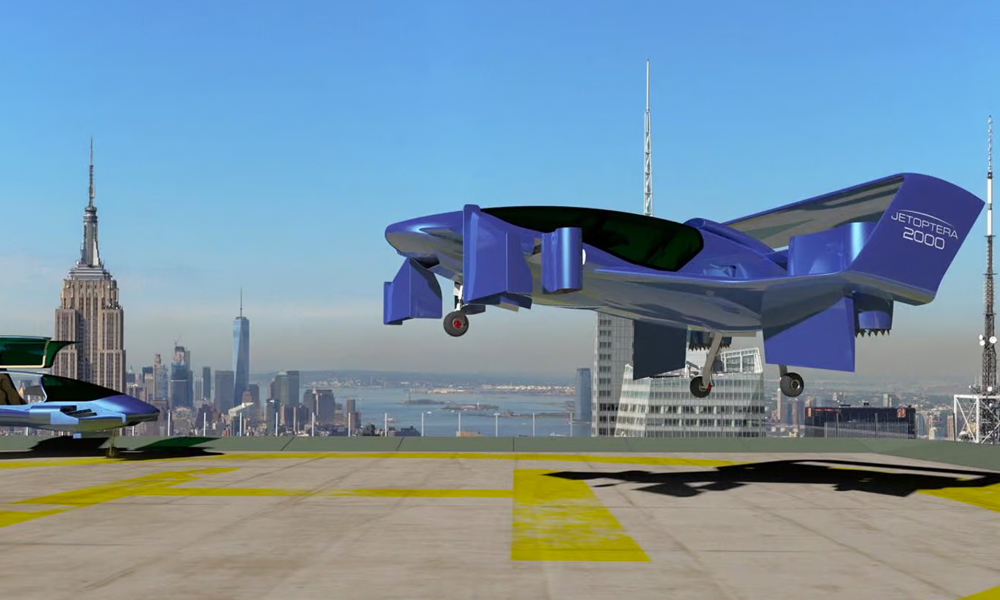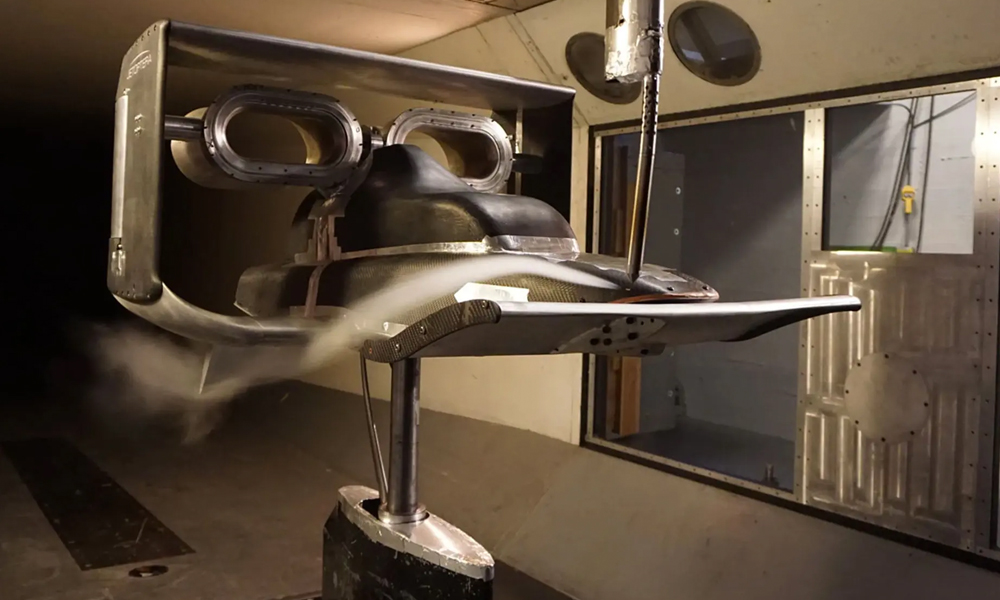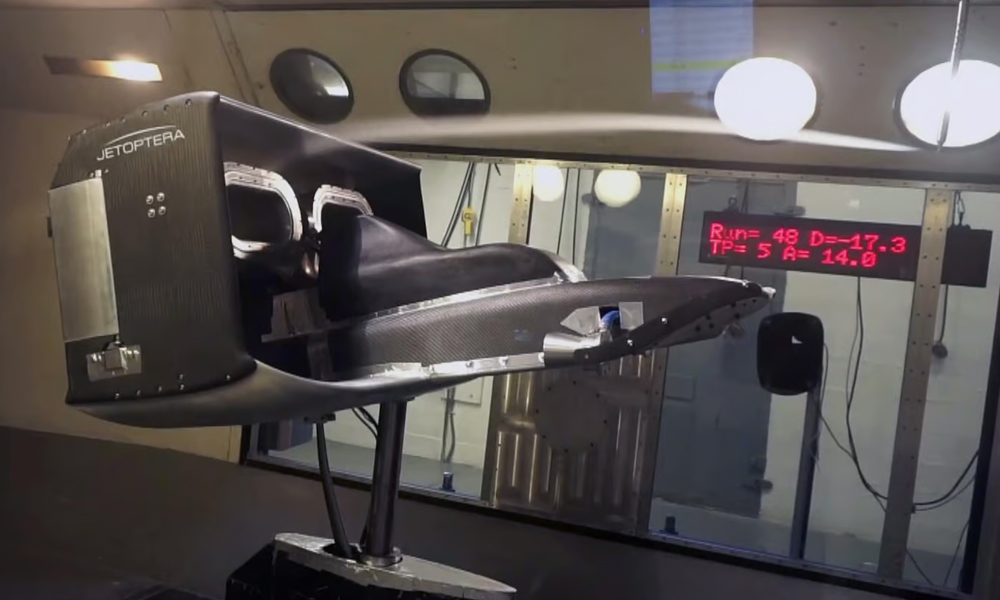Jetoptera wants to help mitigate aircraft noise in urban areas by building Vertical Takeoff and Landing (VTOL) aircraft that uses its virtually noiseless Fluidic Propulsion System that they describe as “a bladeless fan on steroids.” Think of a Dyson Airblade fan, only bigger and more powerful. The system sends compressed air through slits in rear thrusters to create negative pressure to bring high volumes of air through those same thrusters. There are no actual moving parts, shockingly, and the reduction in aircraft noise is one of the primary benefits. Those same thrusters could be used for takeoff and landing, as well as for forward propulsion. The company has successfully tested a 1/4-scale model that hit 90 mph, and it hopes to build versions capable of human transport by the year 2026.
More Misc
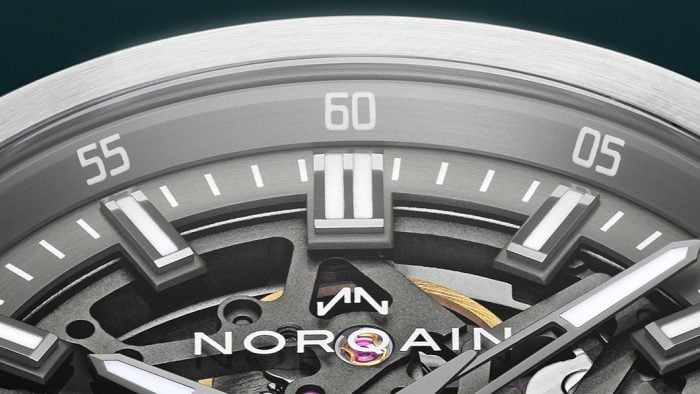
Why NORQAIN Might Be the Best Swiss Watch Brand You Haven’t Looked at Yet
Independent, family-owned, quietly earning its place on the wrists of serious athletes (Sydney Crosby, et al.) and serious collectors alike.

How PITAKA’s Sunset Collection Is Shaping the Future of Emotional Design
High-performance tech gear meets pure visual poetry.

Wellen Performance-Lined Swim Trunks, Reviewed by a Swim Trunk Skeptic
Could these be the shorts to end all my swimwear complaints? Tried, tested, reviewed.

